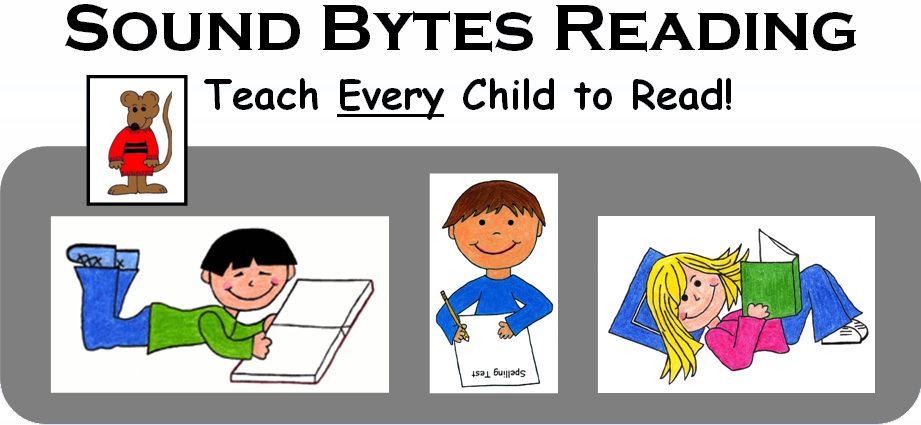What Is A Good Reading Program—How Should We Teach Reading?
Landmark research was conducted on reading instruction by The National Reading Panel from 1997-2000. Their job was to analyze the research on reading and to discover what was most effective in teaching children to read. This study resulted in the Report of The National Reading Panel, Teaching Children to Read: An Evidence-Based Assessment of the Scientific Research Literature on Reading and Its Implications for Reading Instruction (1).
The conclusions of the National Reading Panel were that children needed specific kinds of teaching that should be included within a good reading instruction program. Summarized, these were:
- Phonemic Awareness Instruction—This simply means that children learn that there are sounds (or phonemes) in words, and that these sounds can be moved around (add a sound or subtract a sound) or manipulated, to change words into different words.
- Example 1: Add the sound /s/ to the word ‘pot’ and it becomes the word ‘spot.’
- Example 2: Tell me how many sounds you can hear in the word ‘me’ (two sounds: /m/ and /ee/).
- Phonics Instruction—Knowing that written letters represent sounds, and that we can connect the sounds to make words. This instruction is much more effective if the instruction is systematic and sequential and followed up by reading real words using the phonics instruction just given.
- Example 1: The letter B makes the sound /b/.
- Example 2: Connect these sounds, /t/ - /o/ - /p/, to make the word ‘top.’ Connect these sounds, /h/ - /o/ - /p/, to make the word ‘hop’. Read the sentence: ‘Hop on top.’
- Fluency Instruction—Reading with accuracy, expression, and enough speed to understand the meaning of what you read. Reading aloud (with guidance) and having reading material at the right level of difficulty helps students develop fluency.
- Comprehension—Understanding and thinking about the meaning of what is being read.
- Vocabulary Instruction—Teaching students the meanings of the words he/she will be reading.
When you, as a parent or teacher, are considering a reading program for your students, look for a program that will include and integrate these elements along with the stories that students are reading. Phonics instruction is much more effective when it is used in meaningful reading right after it has been taught, rather than as isolated practice.
Next time, we will talk about teaching phonemic awareness. Happy Reading!
Work Cited: 1- http://www.nationalreadingpanel.org/Publications/summary.htm
Further Reading: http://www.nichd.nih.gov/publications/pubs_details.cfm?from=&pubs_id=226
